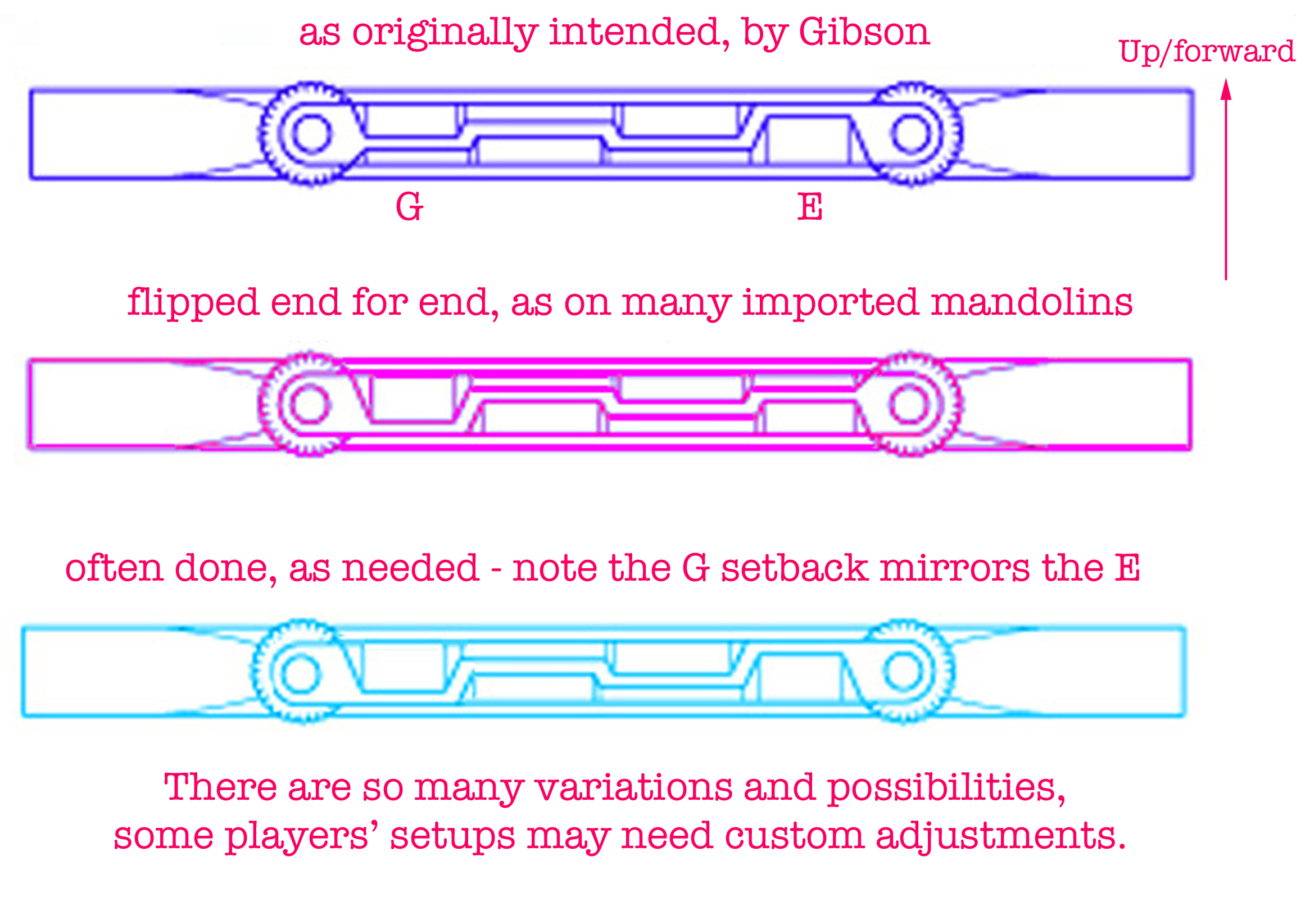 Re: compensated bridges??
Re: compensated bridges??
To sort of weigh in here:
I had a conversation with my luthier the other day in which we talked compensation on my SS Stewart. Using a Gibson style bridge I struggle with the G course intonation, it is consistently sharp. But if I switch it, the A and E courses struggle. Similar to what Jeff described. My luthier's bread and butter is acoustic guitars and in talking with him, I found that he compensates EVERY saddle individually for his guitars.
I've seen a couple of posts showing adjustable ramp mandolin bridges, but essentially these were a jig for determining spacing for cutting bridges. I believe Paul Hostetter has one?
It seems to me that stewmac or LMI should make a tool for setting compensation and transferring to blank saddles.
Play it, don't display it.
Rover RM-75 Practice Instrument
SS Stewart A-Style
1918 Gibson F-2, FON: 11130 S/N: 49022







 Reply With Quote
Reply With Quote













Bookmarks